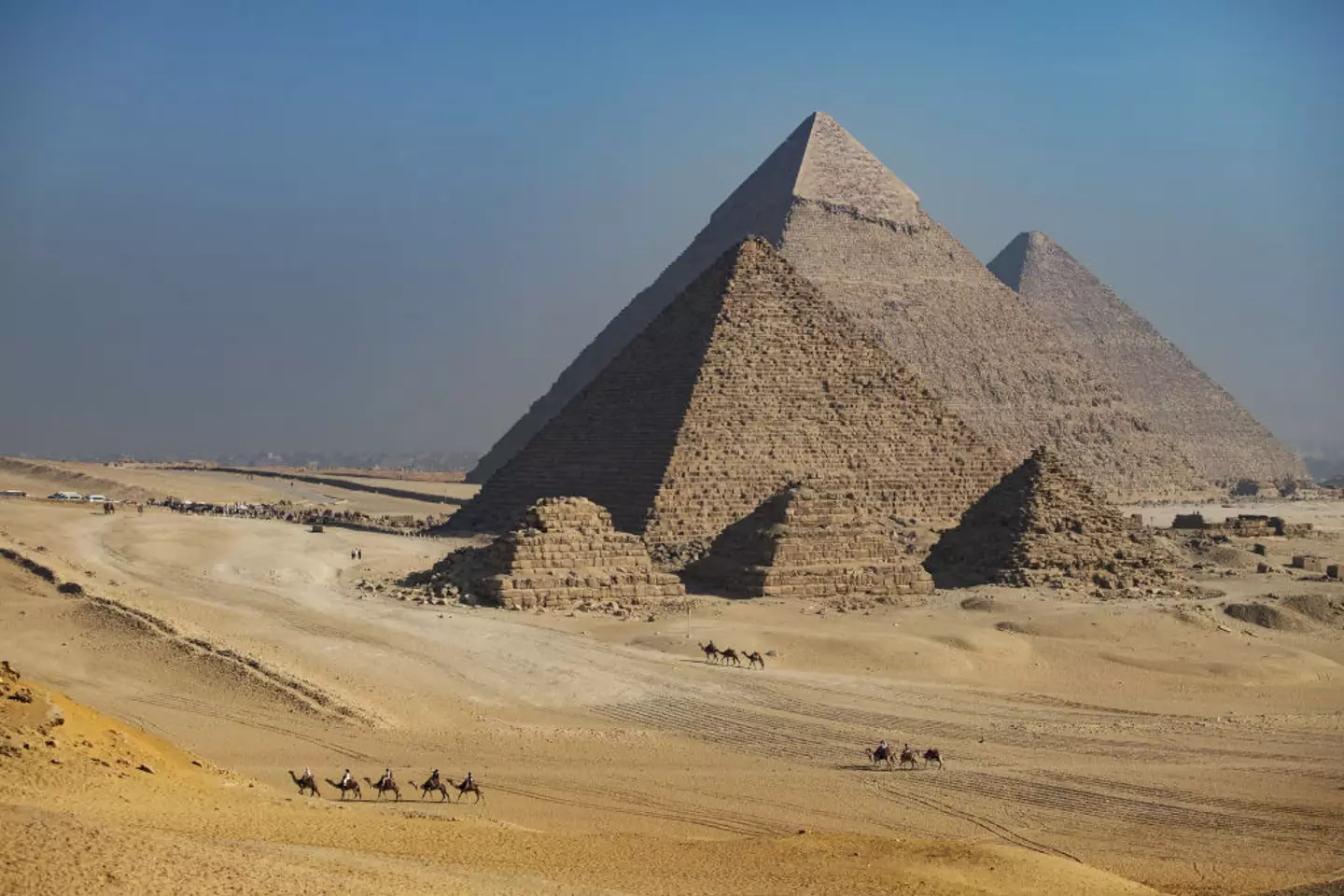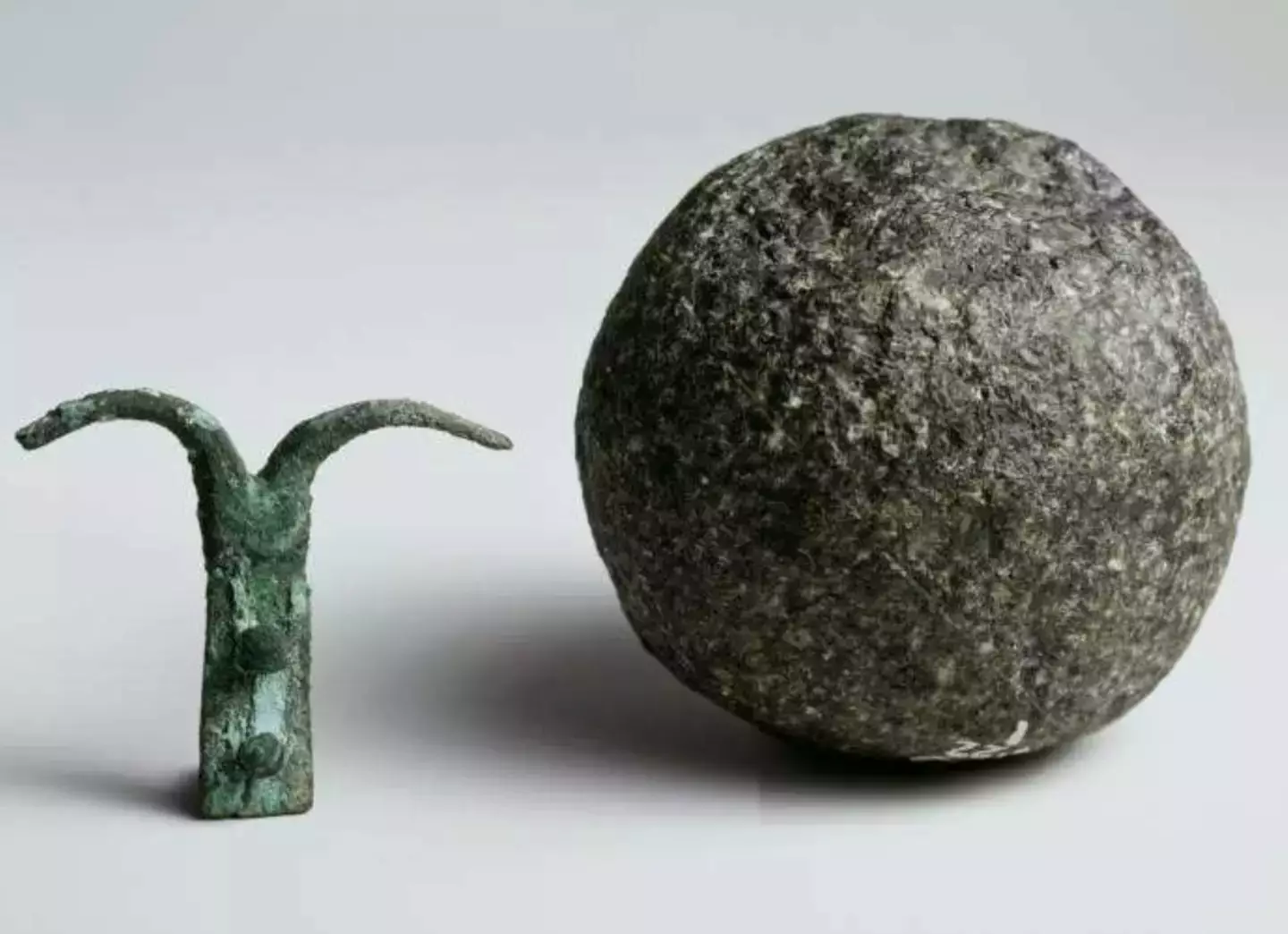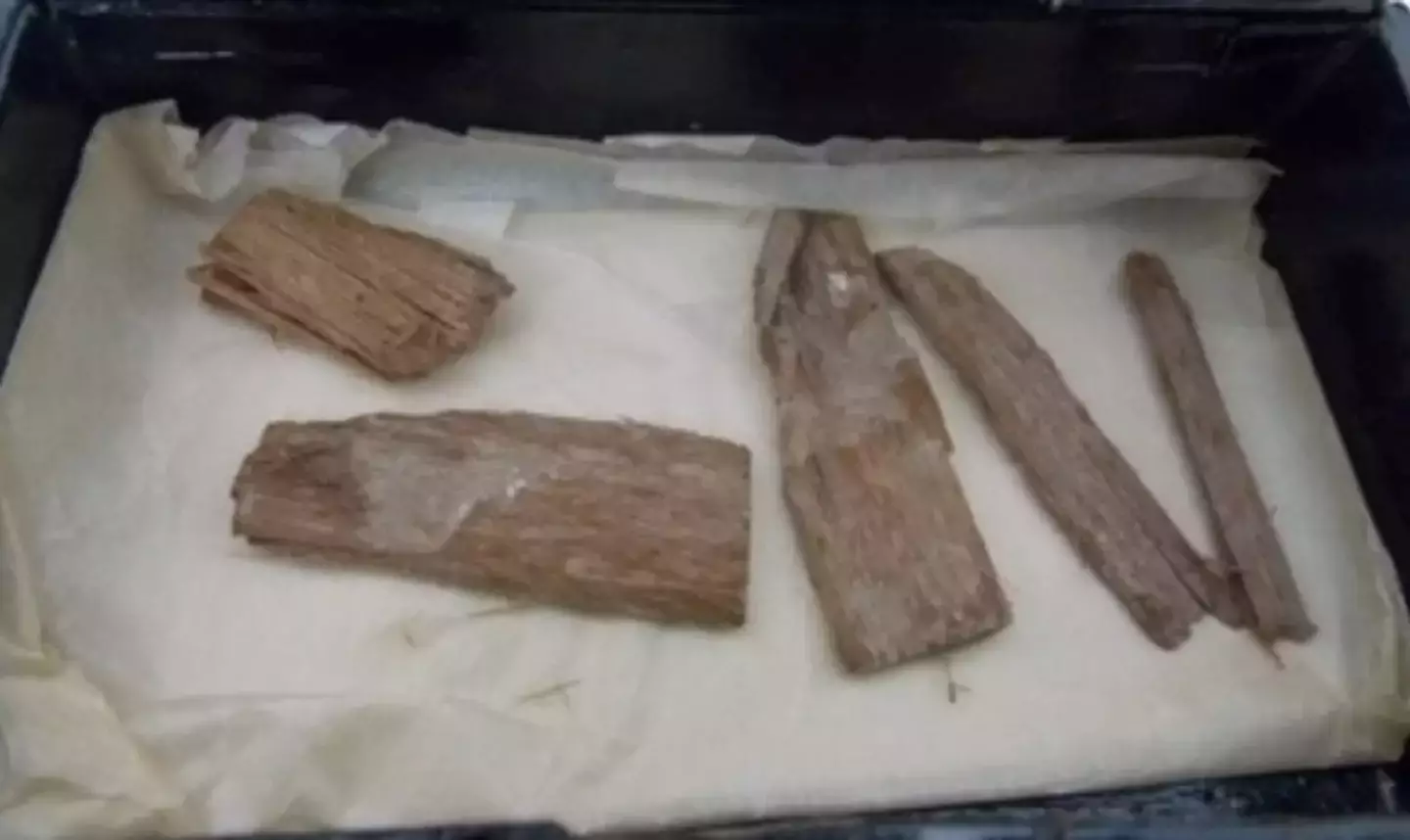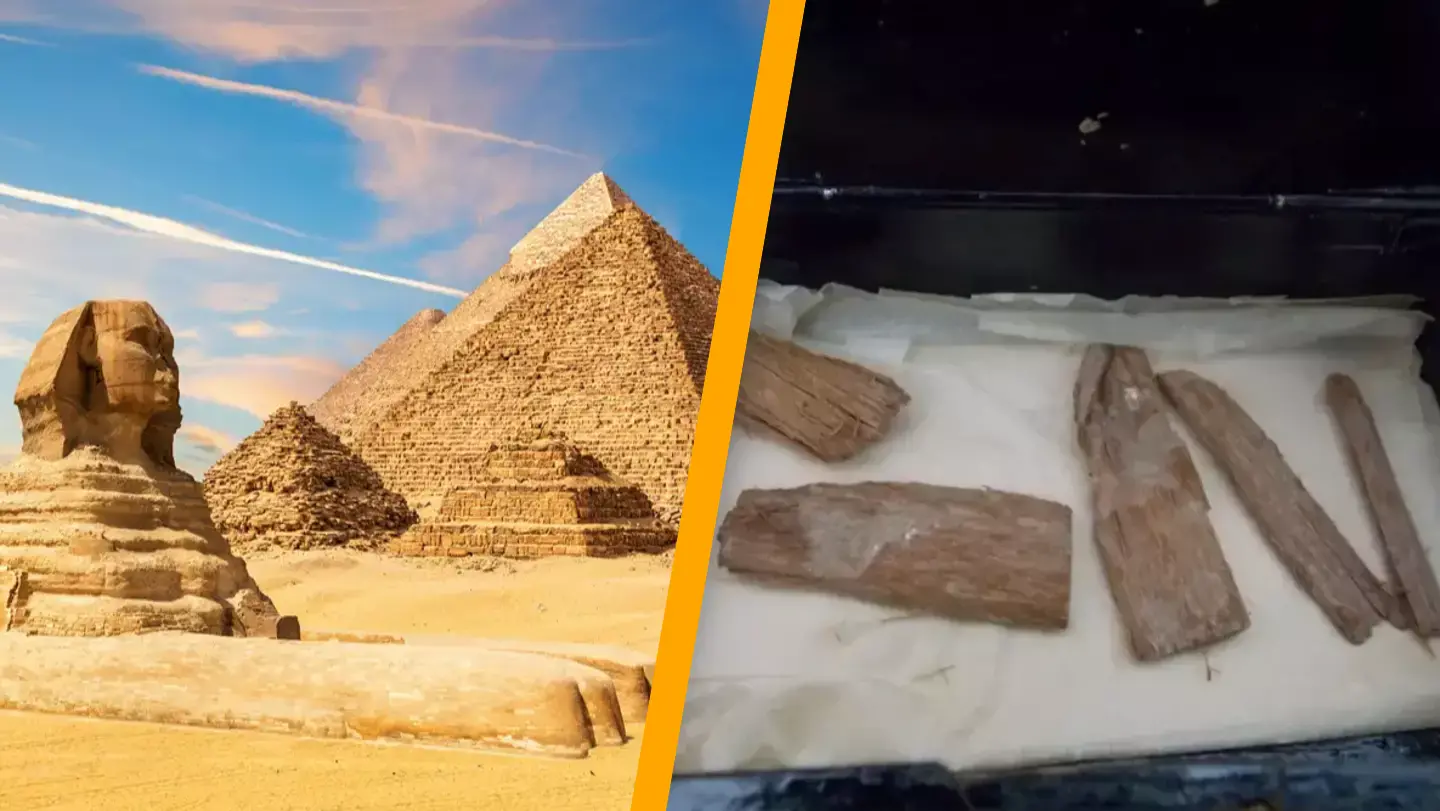Only three enigmatic objects have been found within the Great Pyramid of Giza, and they continue to puzzle experts today.
Let’s delve into Egyptian folklore and examine the most renowned and largest pyramid in the Giza complex.
Constructed by Pharaoh Khufu, the second ruler of the fourth Dynasty, the pyramid is the oldest of the Seven Wonders of the ancient world, with much of it still standing.
Despite this, there are several mysteries surrounding the pyramid, especially concerning why only three objects have been uncovered from it.
This discovery surprised researchers, considering the pyramid’s vast dimensions. Specifically, it stands at 481 feet tall with a base approximately 755 feet square.

When historians eagerly explored its interior, they anticipated finding significant historical artefacts and treasures.
Nonetheless, archaeologists have only encountered three specific objects, each shrouded in mystery.
These artefacts were discovered in 1872 in the Queen’s Chamber of the Great Pyramid by British explorer Waynman Dixon during the 19th Century.
To this day, they perplex experts.
Dixon uncovered a stone ball, a copper hook-shaped item, and a wooden rod or fragment, later named the Dixon Relics.
The stone ball and hook were given to the British Museum, but the wooden fragment’s location was unknown for many years.

The University of Aberdeen reports that the wooden rod was given to its museum in 1946 after James Grant, a doctor who had joined Dixon on his pyramid expedition, passed away.
But the wooden rod was not cataloged and remained missing for more than 70 years until curatorial assistant Abeer Eladany discovered it among the university’s other collection items in 2019.
Eladany, a seasoned archaeologist who had participated in Egyptian excavations, immediately recognized the “small fragment of wood,” which had been “broken into several pieces.”
But why were these objects in the pyramid originally?
When Dixon found them, the British newspaper The Graphic reported in December 1872, as noted by The University of Aberdeen, that the items might have been “weights and measures in use by the builders of the pyramids,” with the ball resembling a hammer and the rod and hook as other tools.

“The position in which they were left shows that they must have been left there whilst the work was going on, and at an early period of its construction,” it was reported at the time.
Alternatively, some suggest the items were “deliberately deposited as happened later during the New Kingdom, when pharaohs tried to emphasise continuity with the past by having antiquities buried with them,” as stated by Neil Curtis, Head of Museums and Special Collections at the University of Aberdeen.
It was determined that the wood dates back to “somewhere in the period 3341-3094BC – some 500 years earlier than historical records which date the Great Pyramid to the reign of the Pharaoh Khufu in 2580-2560BC.”
This finding “supports the idea that – whatever their use – the Dixon Relics were original to the construction of the Great Pyramid and not later artefacts left behind by those exploring the chambers,” the university explained.
However, Curtis concluded: “It will now be for scholars to debate its use. […] This discovery will certainly reignite interest in the Dixon Relics and how they can shed light on the Great Pyramid.”

